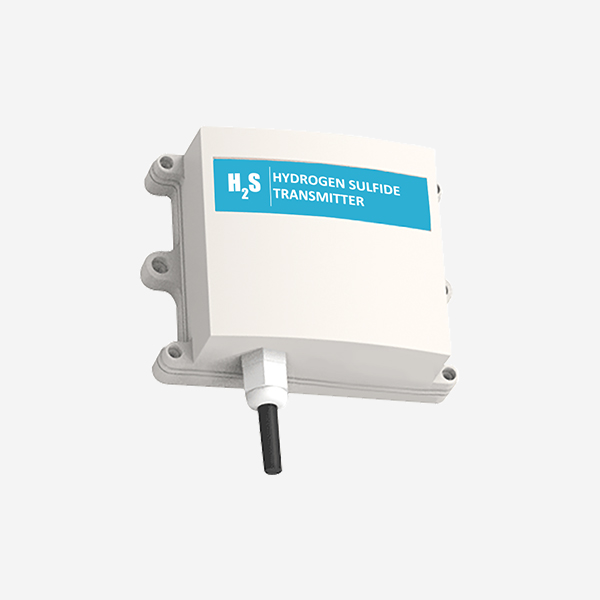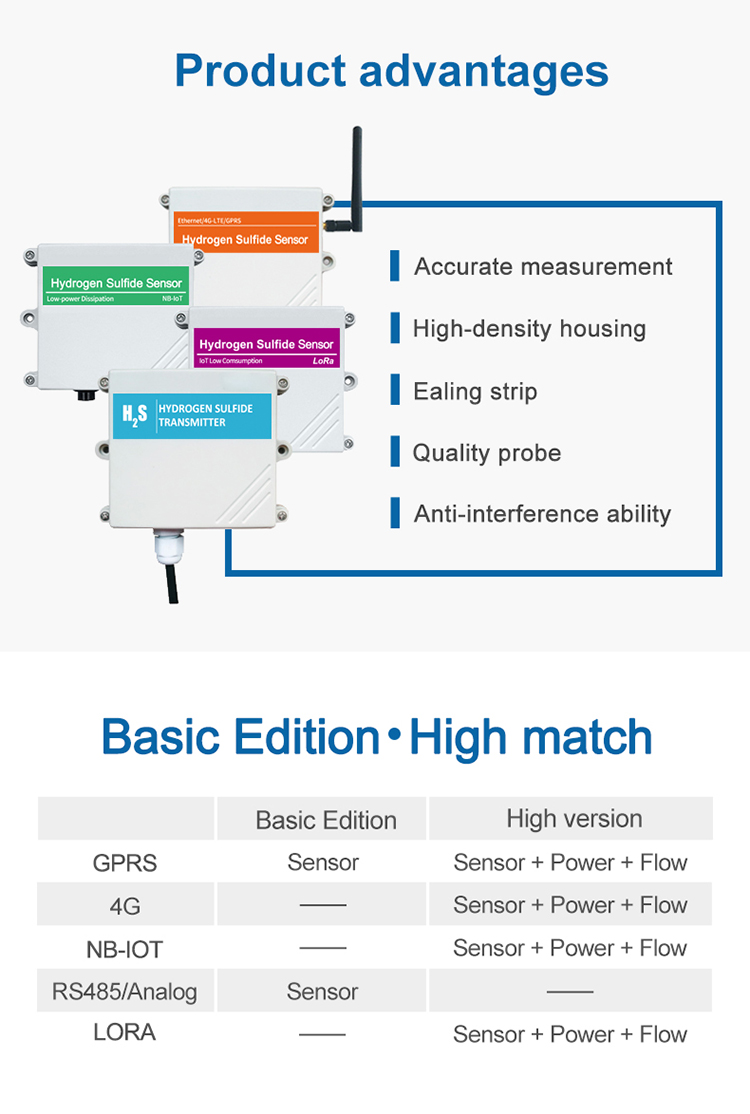What is the H2S sensor

A H2S sensor is a device used to detect and measure hydrogen sulfide concentrations in industrial settings to ensure worker safety and increase efficiency. Hydrogen sulfide (H2S) is a highly toxic gas that poses significant safety risks in the oil and gas industry. It is produced during the extraction, processing, and transportation of crude oil and natural gas and can accumulate in confined spaces.
In the oil and gas industry, H2S is often present in reservoirs and associated gases, making it a major concern for workers’ health and safety. Without appropriate precautions, workers can be exposed to toxic levels of H2S, leading to respiratory problems, neurological effects, and even death. Therefore, the use of H2S sensors has become increasingly important in recent years.
H2S Sensor – Hydrogen sulfide Gas Detector
H2S sensors use several detection technologies, including electrochemical, infrared, colorimetric, or solid-state sensors, but electrochemical sensors are the most commonly used. These sensors consist of an electrode immersed in a conductive electrolyte solution that reacts with H2S in the air to generate an electrical signal, which is proportional to the gas concentration. They are highly sensitive and can detect H2S at low concentrations accurately.

Further advancements in sensor technology include wireless and portable H2S detectors, which have revolutionized the way H2S monitoring is conducted in the field. Wireless detectors offer continuous monitoring capabilities, sending real-time data to supervisory personnel, who can make informed decisions based on the data. Portable detectors provide flexibility and convenience, allowing the worker to monitor H2S levels during the workday.
The use of H2S sensors has several advantages beyond worker safety, including reducing downtime, improving environmental compliance, and increasing operational efficiency in refineries, plants, and pipelines. Accurate H2S measurements enable companies to reduce or eliminate unnecessary equipment shutdowns due to the presence of H2S. By preventing these unnecessary shutdowns, companies can improve productivity and increase profitability.
Moreover, H2S sensors are crucial in helping refineries and plants maintain compliance with environmental regulations. Measuring H2S emissions ensures that companies are not releasing dangerous levels of H2S into the atmosphere, preventing air pollution and environmental degradation.
H2S sensors also play an important role in optimizing plant operations, allowing workers to monitor changes in H2S concentrations over time. This enables companies to take corrective measures and make necessary adjustments to equipment and processes to reduce H2S emissions, saving both time and money in the long run.
Overall, the use of H2S sensors is vital in protecting worker safety and improving operational efficiency in the oil and gas industry. By offering various options for monitoring and detection, H2S sensors allow for customization in detecting and preventing toxic exposures to hydrogen sulfide. With the continued development and advancement of sensor technology, H2S sensors are becoming more accurate, reliable, and cost-effective, resulting in a safer and efficient industry.